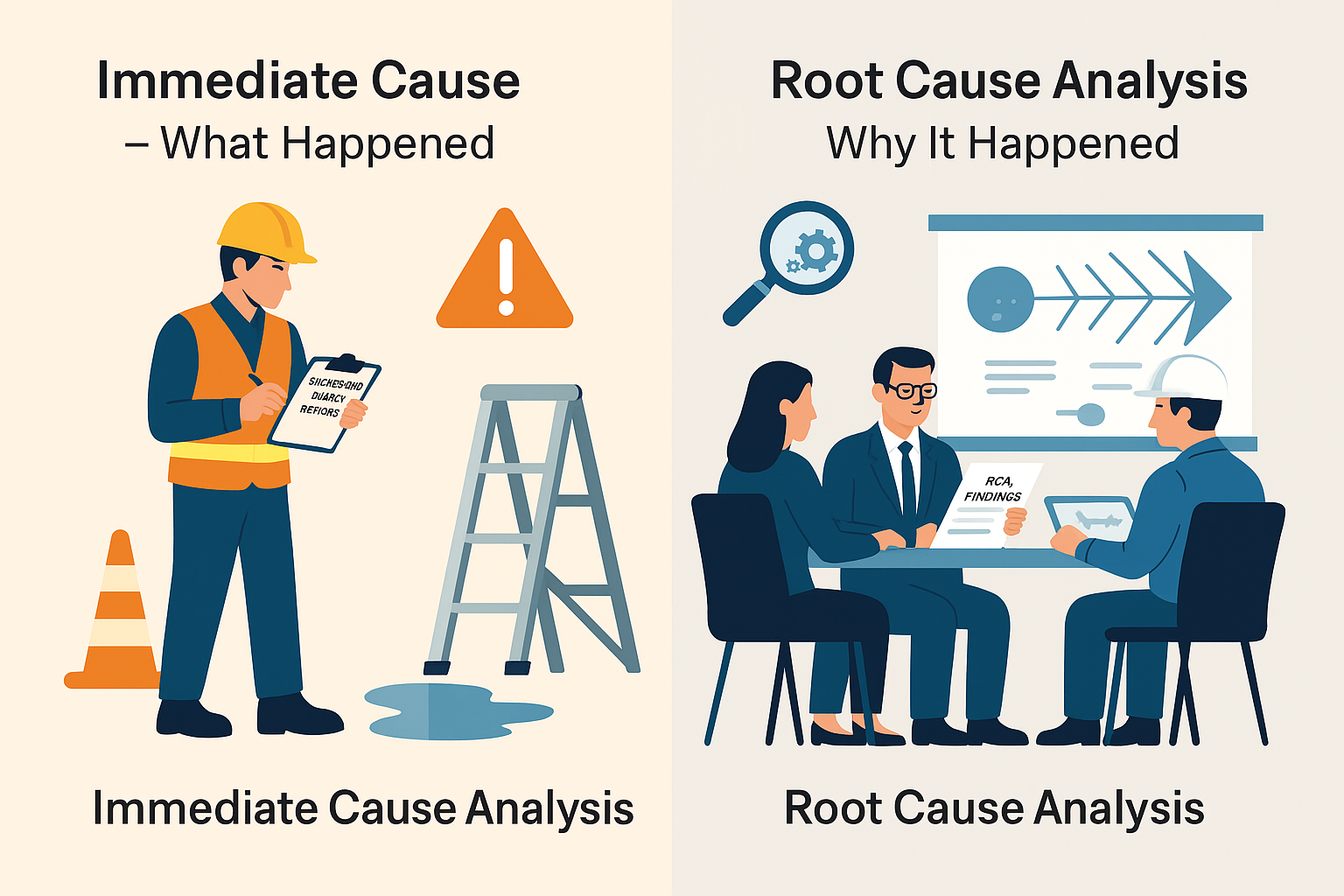
Hand and Finger Safety: Safeguarding Against Pinch Points and Lacerations
Introduction
In industrial and workplace settings, hand and finger injuries are unfortunately common but often preventable. This article focuses on the importance of hand and finger safety, offering insights into the prevention of pinch points and lacerations, and emphasizing the need for proactive measures to create a safer work environment.
Understanding the Risks
- Pinch Points Defined
- Mechanical Areas: Pinch points are locations where moving machinery parts come together, posing a risk of trapping or crushing hands or fingers.
- Common Examples: Conveyor belts, door frames, and machinery with rotating parts are common sources of pinch point hazards.
- Laceration Dangers
- Sharp Objects: Lacerations involve the cutting or tearing of skin and can result from contact with sharp tools, machinery edges, or abrasive surfaces.
- Potential Severity: Depending on the force involved, lacerations can range from minor cuts to severe injuries requiring immediate medical attention.
Preventive Measures for Pinch Points
- Machine Guards and Barriers
- Physical Barriers: Install machine guards and barriers to prevent direct access to pinch points.
- Regular Inspection: Conduct regular checks to ensure that guards are securely in place and functioning effectively.
- Training and Awareness
- Employee Education: Provide thorough training to employees on recognizing pinch point hazards and the importance of staying vigilant.
- Visual Signage: Use clear and visible signage to indicate areas with pinch point risks, reinforcing safety awareness.
- Proper Equipment Use
- Appropriate Clothing: Encourage the use of appropriate clothing, ensuring that loose sleeves, jewelry, or other accessories are not a potential hazard.
- Personal Protective Equipment (PPE): Provide and enforce the use of PPE, such as gloves and safety goggles, to minimize the risk of injuries.
Mitigating Laceration Risks
- Tool and Equipment Safety
- Regular Maintenance: Ensure tools and equipment are well-maintained to prevent malfunctions that could lead to lacerations.
- Proper Handling Techniques: Train workers on the correct handling of tools, emphasizing safe cutting practices and the use of guards where applicable.
- Safe Work Practices
- Clear Work Areas: Maintain clutter-free workspaces to minimize the risk of accidental contact with sharp objects.
- Communication: Encourage open communication among workers to report any damaged tools or potential hazards promptly.
- Emergency Response Procedures
- First Aid Training: Provide first aid training to employees to enable them to respond effectively to lacerations and other injuries.
- Emergency Response Kits: Ensure the availability of well-equipped first aid kits in easily accessible locations.
Promoting a Safety Culture
- Leadership Commitment
- Setting the Example: Leadership should exemplify a commitment to safety, emphasizing the importance of hand and finger safety measures.
- Regular Communication: Provide regular updates on safety initiatives and celebrate milestones in injury prevention.
- Employee Involvement
- Safety Committees: Establish safety committees involving employees to actively participate in identifying and addressing potential hazards.
- Recognition Programs: Recognize and reward employees for their contributions to maintaining a safe workplace.
Conclusion
Hand and finger safety are integral components of a comprehensive workplace safety strategy. By understanding the risks associated with pinch points and lacerations, implementing preventive measures, and fostering a safety culture that involves both leadership and employees, organizations can significantly reduce the incidence of hand and finger injuries. Ultimately, a safer work environment not only protects employees but also enhances productivity and morale.
Workplace Hazards and Control Measures
5S Principles in the Workplace
Workplace Safety Toolbox Talk Meeting
Frequently Asked Questions (FAQs)
- What are pinch points, and why are they hazardous?
- Pinch points are locations where moving machinery parts come together, posing a risk of trapping or crushing hands or fingers. They are hazardous because they can lead to severe injuries if not properly managed.
- How can organizations prevent pinch point injuries?
- Preventive measures for pinch points include installing machine guards and barriers, providing employee training and awareness programs, and ensuring proper equipment use with the use of personal protective equipment (PPE).
- What are laceration risks, and how can they be mitigated?
- Laceration risks involve the cutting or tearing of skin and can result from contact with sharp tools, machinery edges, or abrasive surfaces. Mitigation strategies include maintaining tool and equipment safety, promoting safe work practices, and having effective emergency response procedures in place.
- How can a safety culture be promoted in the workplace?
- A safety culture can be promoted through leadership commitment, employee involvement in safety committees, regular communication on safety initiatives, and recognition programs that reward employees for contributing to a safe workplace.
























